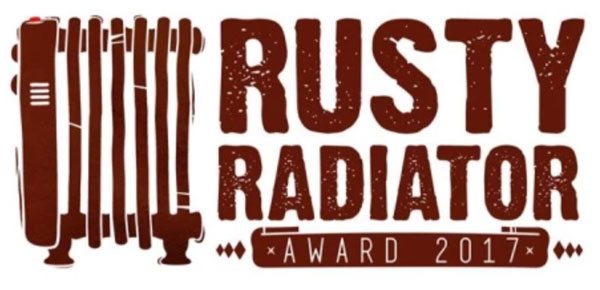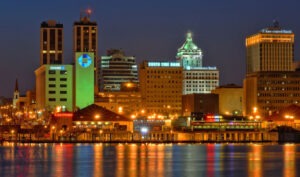
December 4, 2017; Guardian
This year’s nominees for the Radi-Aid awards—formerly the Golden and Rusty Radiator awards—for the worst and best fundraising videos of the year held few surprises, exhibiting an array of celebrity casts and deadly familiar white savior narratives in aid situations with children of color. Termed variously “poverty porn” and “poverty tourism,” the favored images tend to show people affected by poverty or natural or manmade disasters as helpless victims devoid of dignity or personal agency. The awards are meant to shame recipients into less exploitive campaigns.
The trouble is that some of these campaigns to raise money actually work.
“It is not surprising,” said Jennifer Lentfer, director of Thousand Currents, a San Francisco-based charity supporting grassroots organizations. “Pity and shame are easy emotional levers to pull. They are proved to bring in the dollars. It’s a transactional way of looking at viewers and readers, to say, ‘I just want your money.’”
Sign up for our free newsletters
Subscribe to NPQ's newsletters to have our top stories delivered directly to your inbox.
By signing up, you agree to our privacy policy and terms of use, and to receive messages from NPQ and our partners.
Beathe Øgård, president of the Norwegian Students’ and Academics’ International Assistance Fund, which gives the awards, comments that the films up for the worst of the year are both outdated and insulting. “We have been presented with these kinds of images since the 1980s,” she said. “They are horrible to watch. People are so used to them that for many they reinforce that feeling of hopelessness and apathy—and even a negative view of development in that nothing is going in the right direction.”
On the other hand, Øgård points to a contender for the Golden Radiator award for effective fundraising video from War Child Holland:
The video presents the difference between “othering” people and creating bridges of shared humanity. “It shows it is possible to play on our emotions without playing on guilt,” Øgård says.
The annual awards grew out of a 2012 satirical “Africa for Norway” video which featured Africans transporting radiators to the frozen folk of Norway.—Ruth McCambridge













